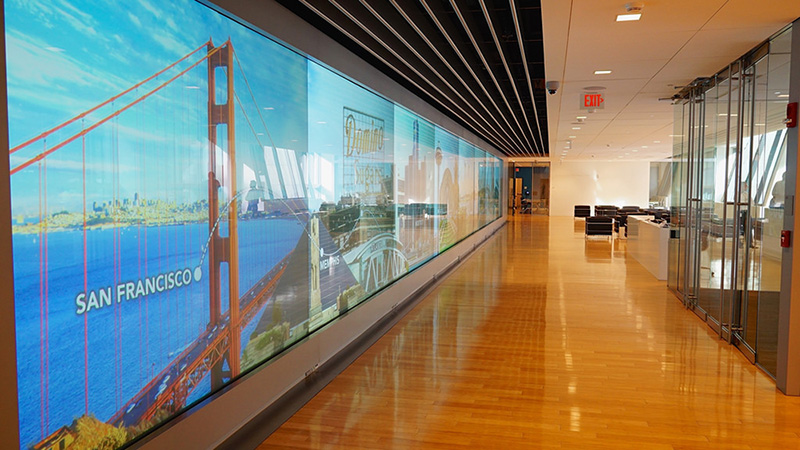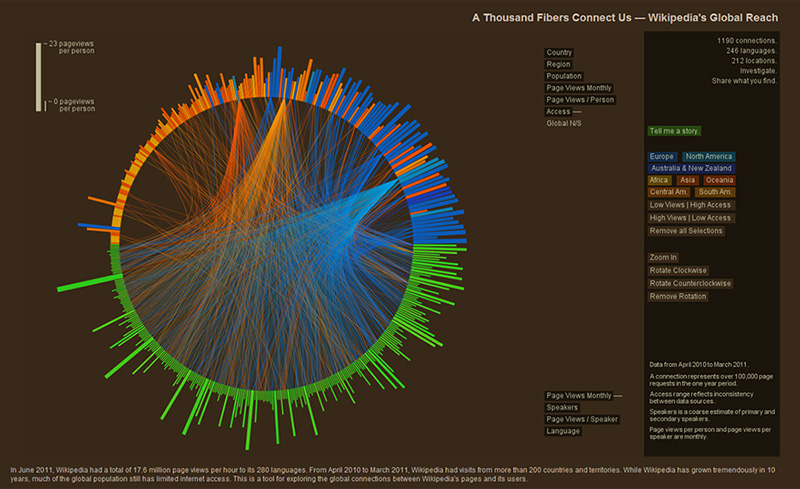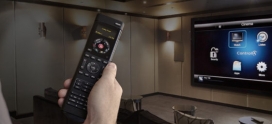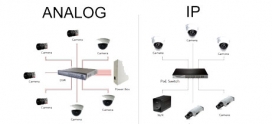Thinking of video wall, why?
Thinking of video wall, why?
Video walls seem to be appearing everywhere these days. They were first introduced in the 1980s.
Video Walls to Attract Consumer

Digital signs and billboards are highly engaging. That allows companies to deliver a commercial message quickly and efficiently. And it also allows delivering critical safety and directional information as well. This makes video walls ideal for a enormous variety of industries including retail, airports, hospitals, financial institutions, universities and educational settings, live events, hospitality and entertainment, and many more. Digital signage and video walls are also implemented in the service industry, particularly Quick Service Restaurants (QSR) as menus and interactive information board.
Video walls have become popular in digital signage in part because individual digital signs have become commonplace. To stand out from the crowd, companies realized they needed something larger than an individual display.
Data Visualization and Collaboration

Control rooms and command centers are sites that need to monitor and analyze vast amounts of information to uncover any failures in a system, monitor security or vital data, ensure smooth operations etc. Large displays and video walls have long been prime choices for effective monitoring and data analysis. Information has become essential to businesses and organizations today. Individuals and teams often need to absorb and analyze large amounts of data in order to make more informed decisions. With all the available data it can become overwhelming. Dashboards are a great way to gather and display information and KPIs, and video walls are great platforms to visualize dashboards and other data, allowing teams to focus on relevant information when needed. In an office environment, video walls can be deployed in key locations (management office, conference rooms, huddle rooms, etc.) for team members to collaborate.
Other uses
Video walls are not just used for delivering messages and visualizing data. There are many more use cases where video walls can be placed.
- Mesmerizing experiences and virtual reality
- Art installations and dramatic backgrounds
- Museums, public spaces
- Broadcast and live events
- Public talks, concerts, and gatherings of all kinds
- Churches and other places of worship
In the end, a video wall can be used for almost anything you can imagine. The ability to create a high resolution, lifelike, animated and highly visible display lends itself to a huge number of purposes.





